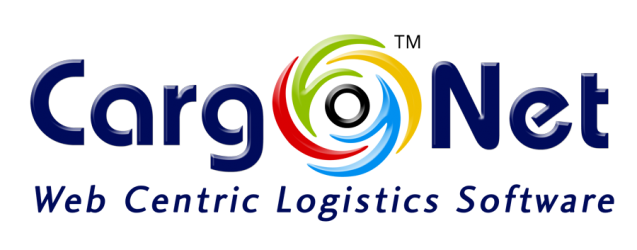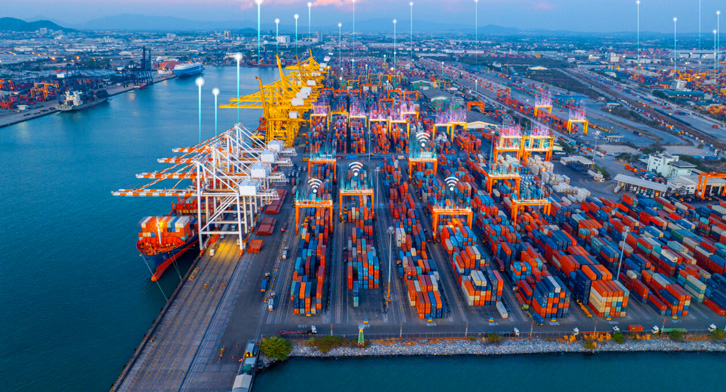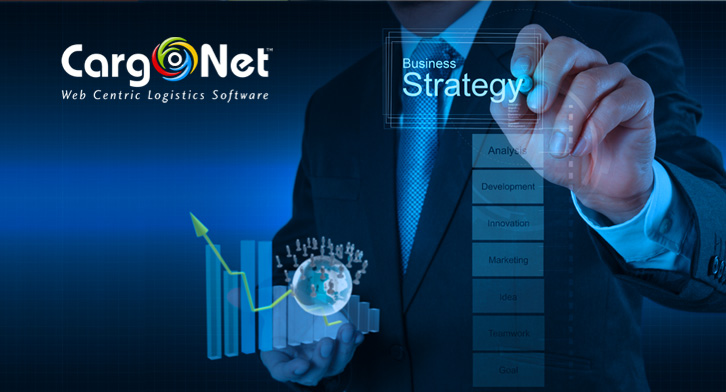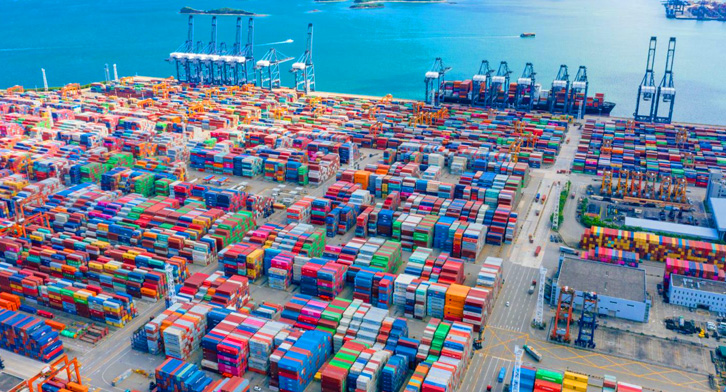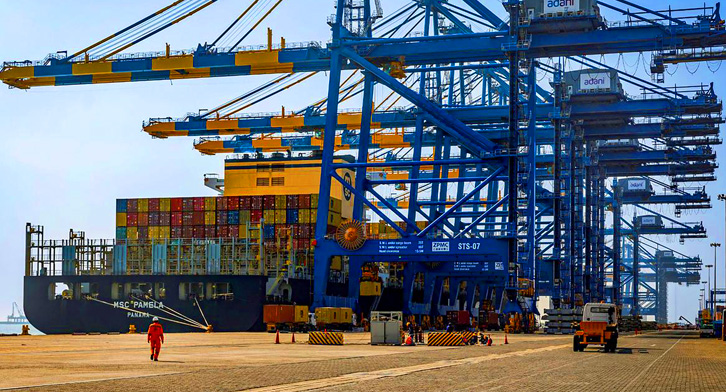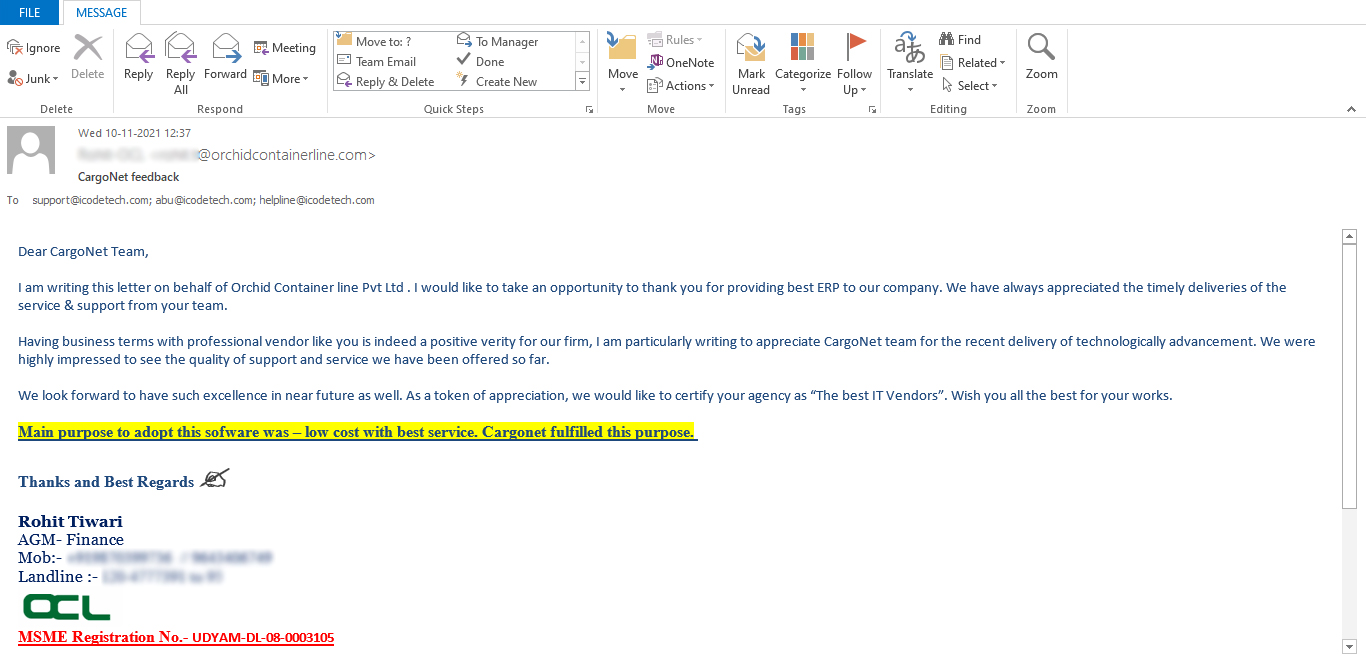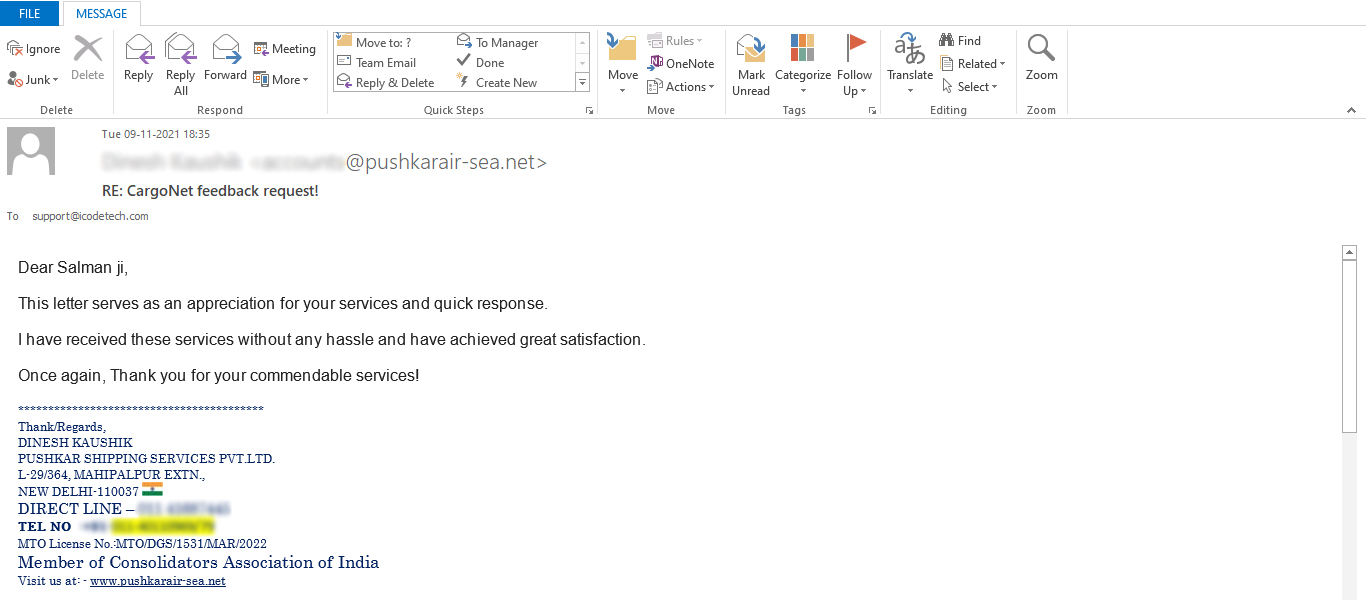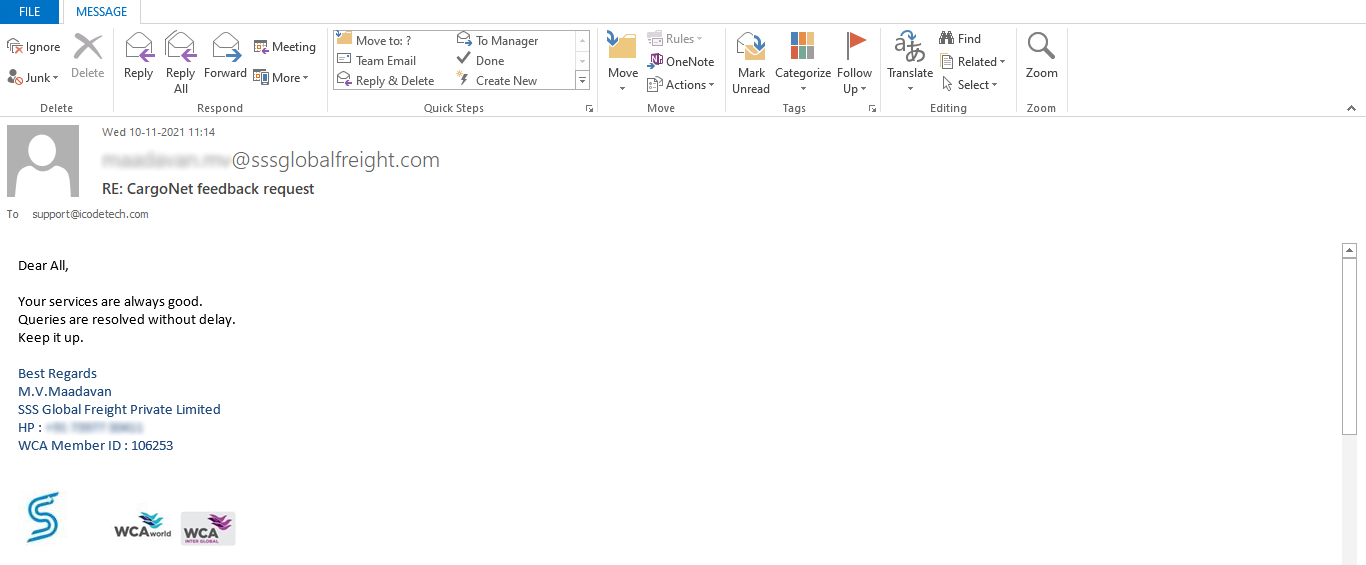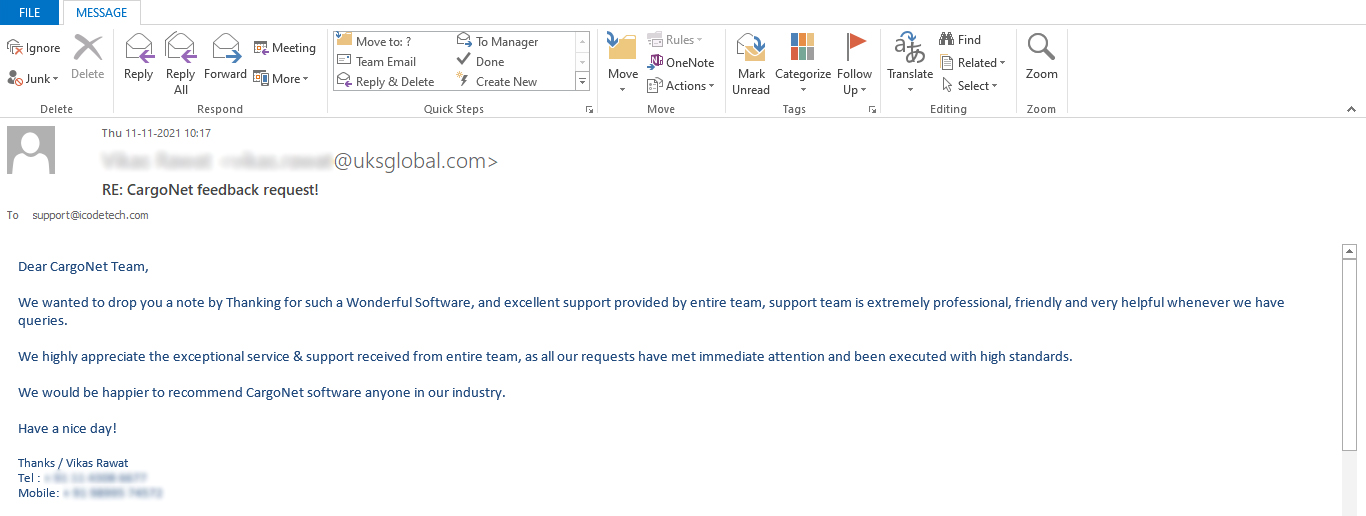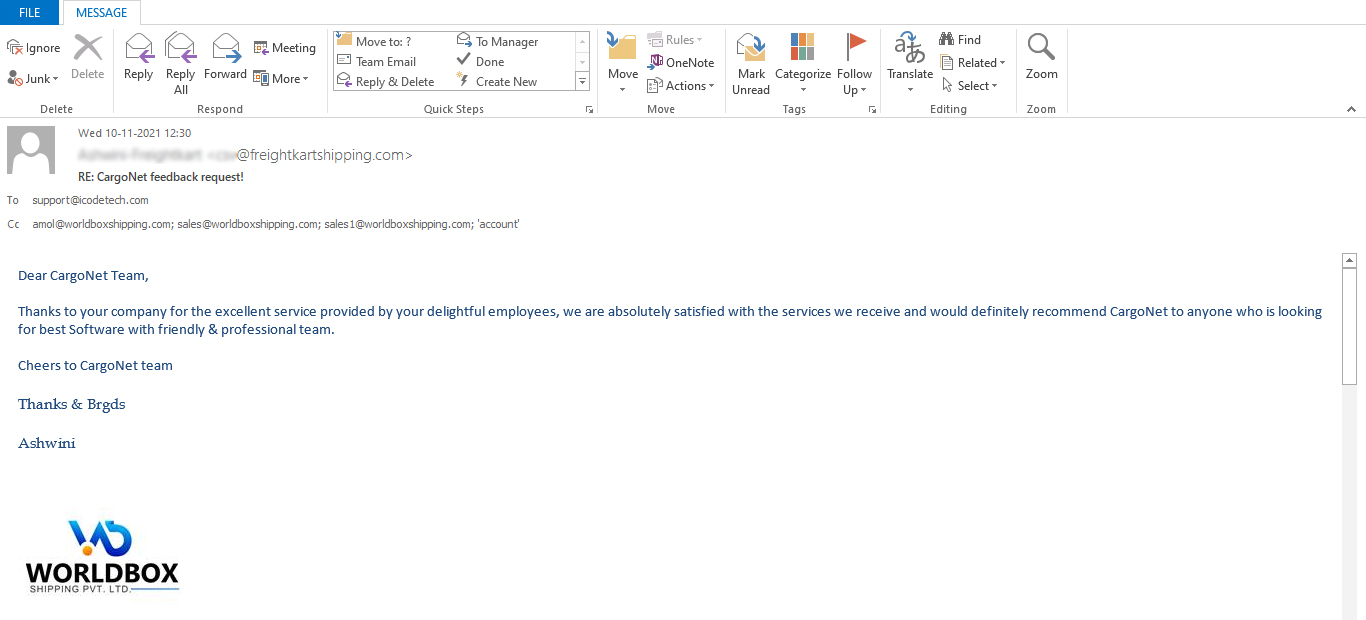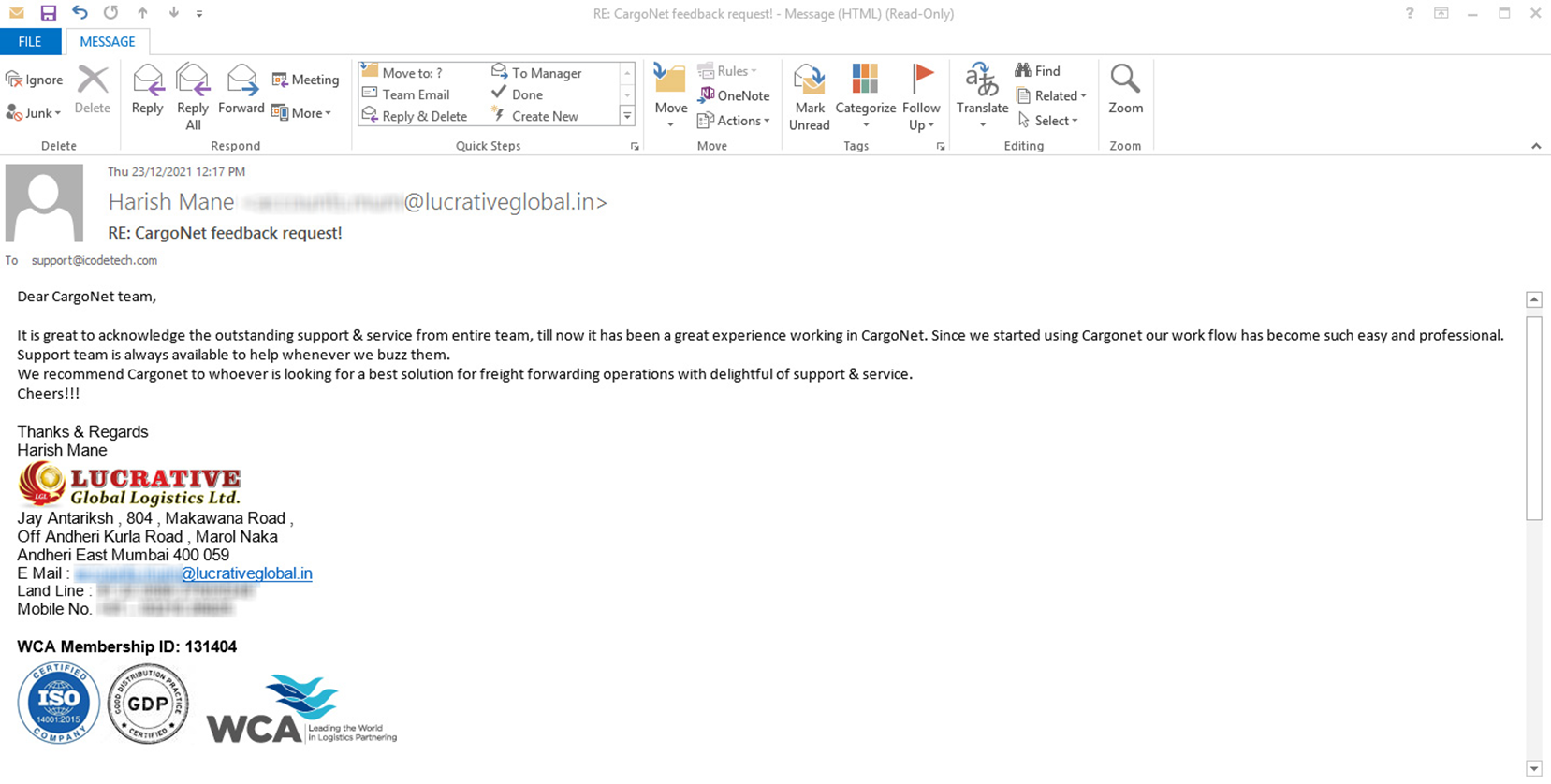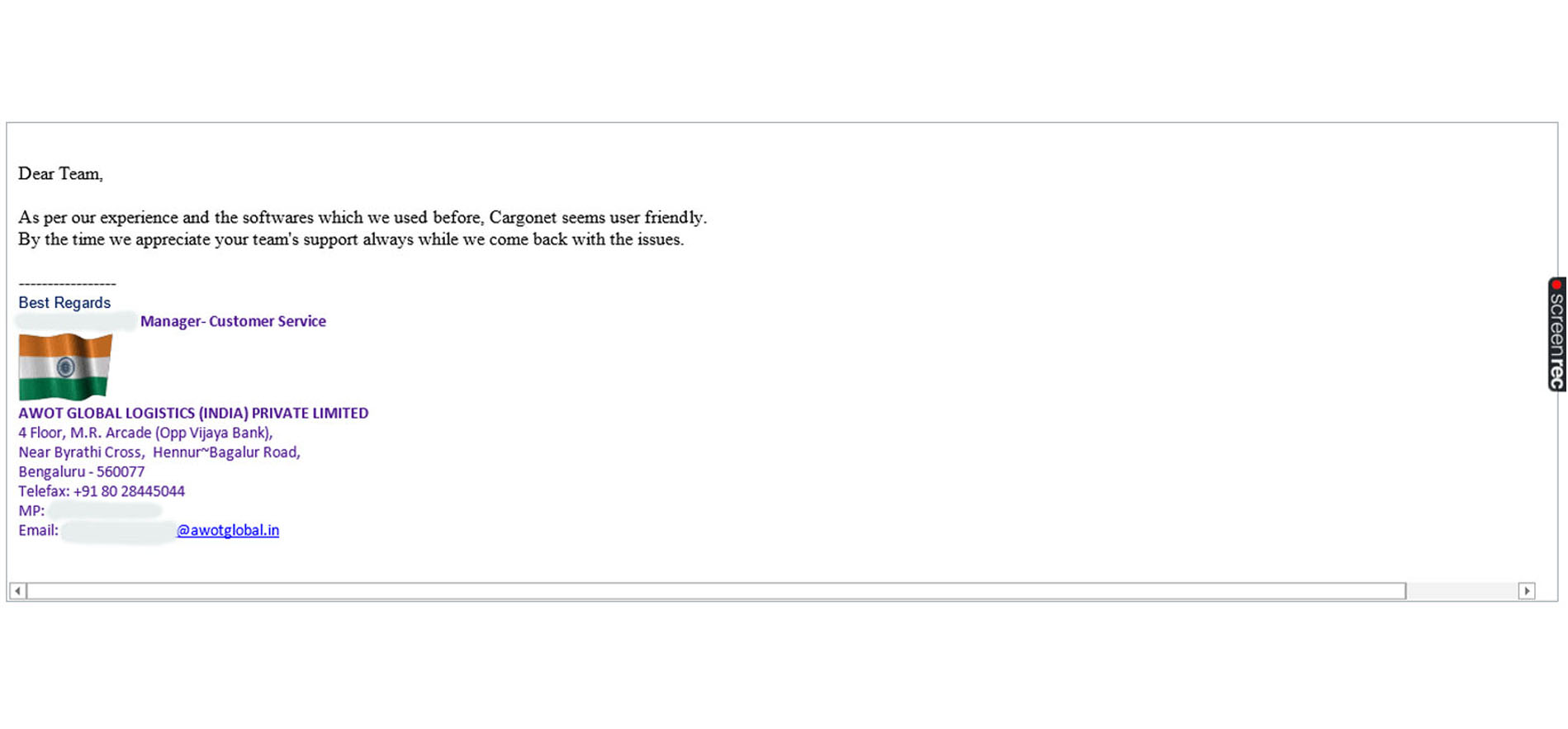In the busy world economy, ships carry goods between continents, and ports act like the beating heart that keeps this important trade going. But as business moves faster and faster, doing things by hand at ports can slow things down. This is where automation comes in, like a musical symphony, making things work smoothly, accurately, and in an environmentally friendly way. This change is like a big revolution for sea shipping .Let’s dive into the advantages of using automation in sea freight, uncovering how it makes port operations run smoother.
Introduction
Significance of Port Operations in Global Trade
Imagine ports as meeting points where global trade roads come together. These ports are like huge doorways where goods from different places are exchanged. How well these places work has big effects – they decide how fast things get where they’re going, how much they cost, and how dependable they are. With today’s complicated systems for getting things from one place to another, these ports have become even more important. They’re like central spots where goods change hands.
The Evolution of Port Operations
For hundreds of years, ports have been like trade superheroes, connecting countries by swapping lots of stuff. But as the world’s trade keeps getting faster, the old ways of moving things around are having a tough time. People want things done quicker, better, and in a way that’s good for the planet. So now, automation is stepping in to help ports work faster and smarter. It’s like giving the heart of the port a high-tech upgrade!
The Rise of Automation in Sea Freight
Think of automation like a superhero power that’s changing how things work in different industries. Even the sea shipping world is getting a makeover. By combining super advanced tech with how ships and ports work, everything is getting better – from doing things faster to keeping people safe and taking care of the planet. Let’s take a closer look at all the cool things automation is doing for sea shipping.
Efficiency and Productivity Gains
Robotic Systems in Cargo Handling
Picture huge robot arms that move super carefully, like expert clock hands, picking up and putting down containers on ships. It might sound like a story, but it’s true – this is how ports work today. These smart robots use their super brains to make moving stuff easier. They never get tired and work all the time, making ships unload and load way faster. The cool part? Ports can handle lots more stuff super quickly now!
AI-Driven Resource Management
In the complex dance of port operations, resource allocation is crucial.To make sure everything goes smoothly, we have artificial intelligence (AI) taking the lead.AI looks at data from the past and what’s happening right now to figure out where things should go – like deciding where ships should park and when. This AI helps make sure things work perfectly, so we don’t waste anything and everything is super efficient!
Safety and Risk Management
Human Error Mitigation through Automation
In high-stakes port operations ,even a tiny mistake can make big problems. Automation acts as a safety net against human fallibility. By automating routine tasks, ports reduce the risk of accidents caused by fatigue or oversight. This not only protects personnel but also prevents costly disruptions in the supply chain.
Advanced Security Measures
In the world of ships and oceans, if Security breaches happen then it can cause big problems. Automation bolsters security protocols through biometric access controls, AI-powered threat detection, and real-time monitoring. These technologies create a formidable defense, safeguarding the integrity of cargo and fortifying trade routes against potential threats.
Data-Driven Decision Making
Real-Time Data Insights for Effective Port Management
Data is the currency of the modern world, and ports are no exception. With real-time data feeds streaming in from various sources, port managers gain unparalleled insights into operations. This flood of information allows for agile decision-making, enabling ports to adapt swiftly to changes in demand, vessel traffic, and economic fluctuations.
Predictive Maintenance
Minimizing Unplanned Downtime The synergy between automation and data doesn’t stop at insights; it extends into foresight. Predictive maintenance, a marriage of data analytics and automation, anticipates mechanical issues before they escalate. This forward-thinking approach minimizes unplanned downtime, ensuring that the port machinery keeps humming without unexpected disruptions.
Promoting Sustainability in Port Operations
Process Optimization and Reduced Carbon Footprint Efficiency is essential, but sustainability is paramount. Automation doesn’t just optimize operations; it promotes environmental stewardship. By optimizing vessel traffic, reducing idling times, and synchronizing operations, automation helps reduce carbon emissions and minimize the ecological footprint, contributing to a greener future.
Maximizing Resource Efficiency through Yard Automation Ports often grapple with limited space, making efficient yard management a necessity. Enter automation-driven yard management systems. These algorithms choreograph the arrangement, stacking, and retrieval of containers, making the most of available space. The result is reduced congestion, optimized yard capacity, and a more efficient use of valuable waterfront real estate.
Adapting to Industry Trends
Integration of Automation into Digital Supply Chains
As the world embraces digital transformation, ports must keep pace. Automation seamlessly integrates into digital supply chain networks, creating a collaborative ecosystem of real-time data sharing and communication. This interconnectedness elevates ports from isolated hubs to vital nodes in a dynamic global network, ready to navigate the evolving currents of international trade.
Meeting the Demand for Cargo Traceability and Transparency
In a world demanding transparency, automation emerges as the solution. By enabling real-time cargo tracking throughout port operations, automation satisfies the demand for traceability. This heightened transparency builds trust, counters counterfeiting, and sets a new standard for accountability in the maritime industry.
Conclusion
As the maritime world sails toward the horizon of progress, automation stands at the helm, steering port operations toward a future of efficiency, safety, data-driven decision-making, sustainability, and adaptability. The benefits are not just improvements; they are game-changers. With automation as a cornerstone, the maritime sector charts a course unburdened by the limitations of the past, promising a more streamlined and resilient future.

